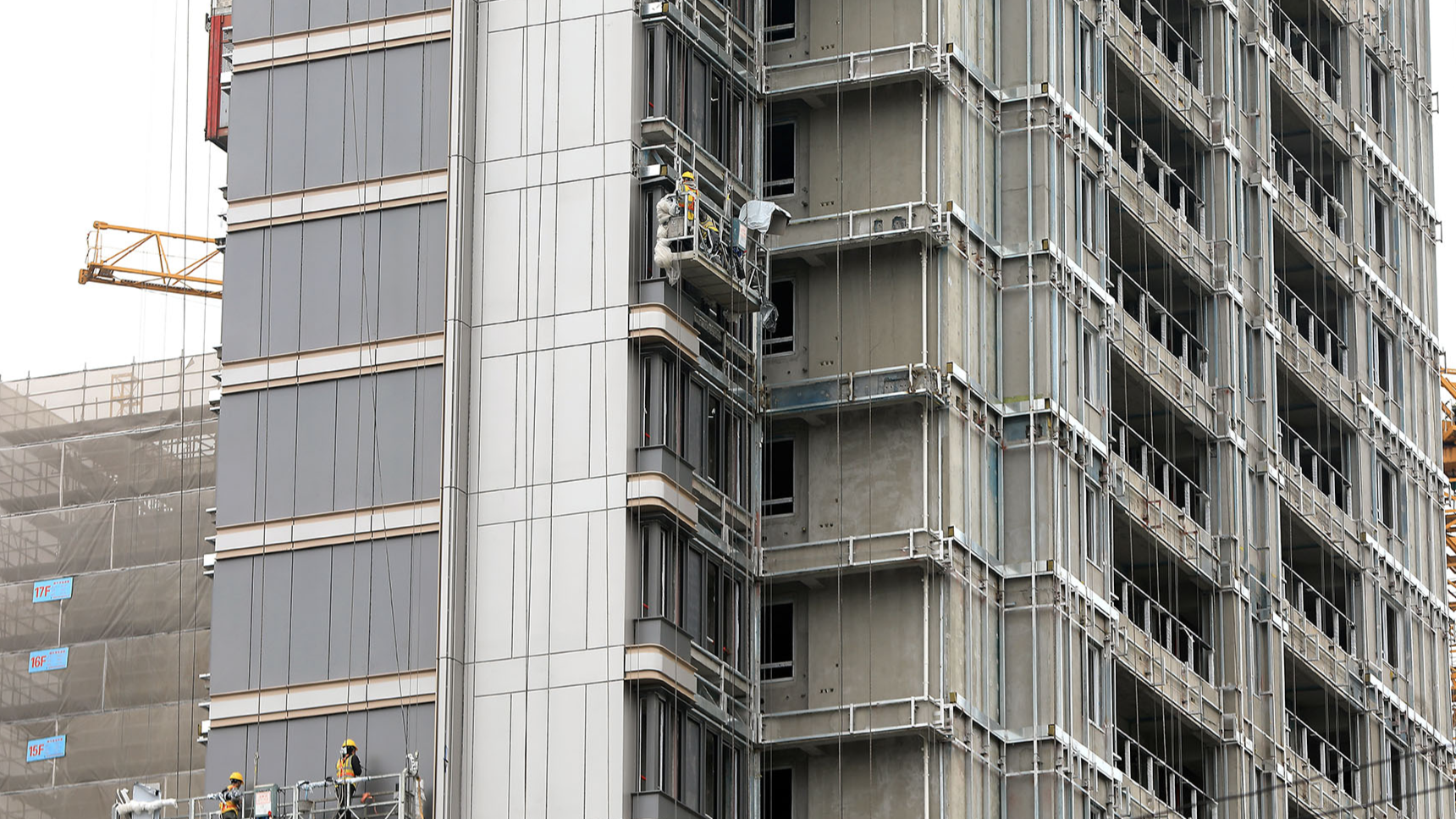
After a strong performance in the first quarter, the Chinese economy faced mounting pressures in the second and third quarters due to real estate market changes and weakened domestic demand. Other problems such as the overcapacity in certain industries and intensified market competition have put further strain on businesses.
In response, the Chinese government has combined existing measures with a comprehensive stimulus package and favorable policies to boost domestic demand, optimize the economic structure, and sustain the growth momentum to meet its annual economic and social goals.
The newly implemented policy and stimulus package are beginning to bear fruit. Since September, several indicators have been showing improvements, signaling a recovery in business activity and market confidence, with the key indicators showing an upward trend in October.
READ MORE: Push on to up consumption's GDP share
First, production has shown a strong recovery. In October, the value-added output of manufacturing enterprises above designated size grew by 5.3 percent year-on-year, and the service production index increased by 6.3 percent. The manufacturing Purchasing Managers' Index and the service sector's activity index both showed positive growth, signaling stronger business and investment sentiment.
Second, domestic demand has rebounded, with infrastructure and manufacturing investments picking up pace thanks to the policies supporting major national strategies, security capacity building, large-scale equipment upgrading and trade-in programs for consumer goods.
From January to October, investment in infrastructure increased by 4.3 percent year-on-year, investment in manufacturing surged by 9.3 percent, and investment in fixed assets, excluding real estate, grew by 7.6 percent, while private investment increased by 6.3 percent, excluding real estate. Also, retail sales grew by 4.8 percent year-on-year in October, a 1.6 percentage point increase from September, fueled by strong sales of home appliances, office supplies, furniture and automobiles under trade-in programs. Consumer confidence index, too, improved, increasing by 1.2 points, reflecting strengthened demand and a more optimistic market outlook.
Third, the real estate and stock markets have become more active thanks to their strong recovery. After eight months of decline, transactions for new and second-hand properties increased by 3.9 percent year-on-year in October. In fact, the daily trading volumes on Shanghai and Shenzhen stock exchanges have averaged nearly 2 trillion yuan ($275.02 billion), boosting investor sentiment.
And fourth, employment levels and commodity prices have remained stable. While the urban unemployment rate declined to 5 percent in October, down 0.1 percentage points from the previous month, core inflation, excluding food and energy prices, increased by 0.2 percent, up by 0.1 percentage points from September, indicating stability in both the labor market and consumer prices.
Despite short-term pressures, several underlying strong points suggest the Chinese economy is looking at continued recovery thanks to its resilient economic fundamentals. With GDP growing at 4.8 percent in the first three quarters, the foundation for achieving the 5 percent annual growth target is solid. In October, consumption, investment and trade showed marginal growth, with businesses feeling confident about the future and consumption growing. More important, the real estate and financial sectors recorded their first positive growth since mid-2022, signaling a broader economic rebound.
ALSO READ: China remains stabilizing economic force
Recent policies, including increased fiscal spending, infrastructure projects and targeted financial tools, have delivered tangible results. Also, China has ample policy reserves to further stabilize growth, and incremental reforms and major strategic projects are set to provide continued support for the fourth quarter and beyond.
China's vast domestic market, with a 400 million-strong middle-income group, remains a significant driver of global growth. China's urbanization, currently at 66 percent, has substantial room for expansion, with each percentage point increase generating trillions of yuan in new investment and consumption. And the rising demand for eldercare, childcare and energy-efficient technologies underscores the potential for targeted investment.
As China intensifies its fiscal and monetary policy efforts, the real estate market is expected to stabilize further. Measures to boost household incomes, restore capital market confidence and regulate business oversight will contribute to broader economic resilience. These efforts are already translating into higher business investment and rising consumer confidence.
With the cumulative effects of these policies expected to intensify, the recovery in October is likely to extend into November and December. As such, GDP growth in the fourth quarter is projected to exceed that of the third quarter, bringing China closer to its annual growth target of 5 percent.
The author is a researcher at the China Center for International Economic Exchanges.
The views don’t necessarily reflect those of China Daily.


